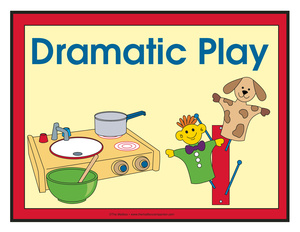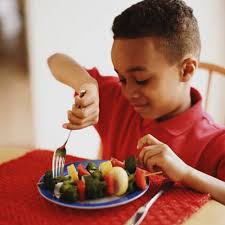Whether it’s starting the day off right with a healthy breakfast or fueling before an athletic event, the foods you choose can make a real difference. March is National Nutrition month. The theme for the month is “Go Further with Food”. Preparing your foods to go further, by planning meals and snacks in advance can also help to reduce food loss and waste. This year’s theme for National Nutrition Month® encourages us to achieve the numerous benefits healthy eating habits offer, but it also urges us to find ways to cut back on food waste. Learning how to manage food resources at home will help you “Go Further with Food”, while saving both nutrients and money.
So how can you “Go Further with Food”?
- Include a variety of healthful foods from all of the food groups on a regular basis. Consider trying a new healthy food like quinoa or kale. Grill or bake rather than fry your foods. Choose colorful vegetables.
- Consider the foods you have on hand before buying more at the store. Planning ahead is so important. Always prepare a list before going to the store. It saves time and money.
- Buy only the amount that can be eaten or frozen within a few days and plan ways to use leftovers later in the week. Plan your menus for the week. Choose a night for leftovers whether it is made into a casserole or an addition to a meal.
- Be mindful of portion sizes. Eat and drink the amount that’s right for you, as MyPlate encourages us to do.
- Continue to use good food safety practices. Remember to wash your hands regularly. While in the kitchen always wash your hands before preparing foods and when starting a new task.
- Find activities that you enjoy and be physically active most days of the week. Take a walk around the park with your family after dinner. Try taking the stairs instead of the elevator. Remember that all of your physical activity does not have to be done at one time; break your activity up into 10 minutes increments.
- Realize the benefits of healthy eating by contacting your local University of Georgia (UGA) extension office to find more information on nutrition related programs are offered and available resources.
Special thanks to Rhea Bentley, UGA Extension Family and Consumer Sciences Agent, Columbus, GA, rbentley@uga.edu for providing this article. Please share with your parents and kick off nutrition month with some activities for the children in your care.




